What inspires you?
This is perhaps one of the more frequent questions writers get. What gives you an idea for a new character, new scene, new book? Inspiration is a tricky thing and can come from the most unexpected sources – reading a news article, watching a beetle crawl, hearing a stranger say a random word. When you go seeking inspiration, it is hard to say where you’ll find what you are looking for, but there are two main sources that are a great starting point – Art and Real Life.
Art could be anything – a book, a painting, a movie, a sculpture, a song. Real Life could be simple everyday conversations with the people in our life. Perhaps someone you know has an intriguing personality and you want to base a character on them? Or perhaps their past experience gives you a story idea? You can also get ideas from observing nature and from traveling and interacting with various people and cultures.
Museums are one place where art and real life meet. Here you can travel to distant lands just by taking a few steps. Besides inspiration they are also great for research – if your story is set in the past or in a place you have never been to, there is only so much you can learn from books. A trip to the museum can be a step into a different world and can give you a better glimpse into your character’s life and surroundings.
Since I’ll be living in London for a few more weeks before leaving the UK, I decided to make the best of what’s left of my stay and revisit some places that inspired me. The Victoria and Albert museum holds a few objects that influenced my writing. This post is about how you can use a trip to the museum to help you shape your story.
My story is set in the future, but is also tightly linked to the past. Many of my characters are immortal and have lived through various periods of human history and traveled many lands. These experiences would have shaped the way they speak and act, their values and beliefs, and I wanted my tale to reflect that.
The Victoria and Albert Museum holds some of the world’s largest displays on decorative arts and design from different times and places. To be fair, the cultural representation is not extensive – the majority of objects on display come either from Western Europe, the Middle East, India, South-East Asia, Japan, Korea, or China, and the rest of the world is missing. Still, the rich collections of art, weaponry, cooking utensils, jewelry, and clothes paint vivid pictures in your head of times long ago.
In Kingdom of Ashes, Prince Vladimir has destroyed human civilization and is now ruling over the New World. As he and his protégés value culture and high tastes, they surround themselves with objects of beauty from all parts of the world. I had to imagine what the Palace looked like – the bedrooms, the studies, the dressing rooms, the ballrooms, the dining halls, the theater halls, the gardens. How would each one be furnished and decorated?
Would there be a tiled fireplace in the Prince’s study:
Or would it look more like this:
Would he fight with daggers such as these: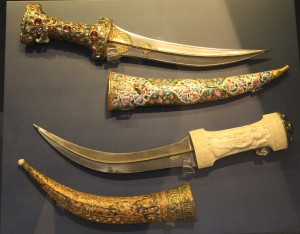
Would the Prince drink his wine from a crystal glass, or from a golden goblet, studded with precious stones? Or would he use a goblet made of a nautilus shell such as this one:
Or perhaps a cup of white nephrite, such as the one used by Shah Jahan:
And, speaking of wine, in what containers would he keep it? So many possibilities:
And how about tea?
Or maybe something like this?
Ceremonial spoons / ladles…
From Sri Lanka:
Thailand:
The Middle East:
Beautiful plates:
And this very special one:
The Persian plate above has a poem inscribed around the rim, and the picture inside depicts the scene described in the verses. If you go to the museum, you can listen to a recording both in Persian and translated.
I need to add a disclaimer here. On one hand, I love it how some large museums across Europe and North America give you the opportunity to glimpse faraway places that many people may never get the chance to visit. The Victoria and Albert and the British Museum in London, the Metropolitan Museum of Art in New York, the Hermitage in St. Petersburg, the National Gallery Kvadrat 500 in Sofia, the Pergamonmuseum in Berlin, and so many, many more – they all have impressive collection on World Art and history and let you experience unknown worlds without traveling too far away.
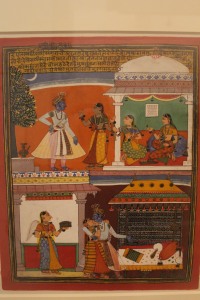
On the other hand, seeing, say, South-East Asian art in a British museum is seeing it through a Western perspective. The way the exhibitions are arranged, the way the descriptions are written down – it is how the West sees these people (the “exotic”, the “other”), and not how they see themselves, so a part of the immersion is lost. I have tried to remedy that by visiting many local museums – the National Museum in Kuala Lumpur, the National Museum in Phnom Penh, the Museum of Turkish and Islamic Art in Istanbul, numerous museums on Maori culture in New Zealand, and more. Still, if this is not an option, visiting one of the major world museums is definitely better than nothing.
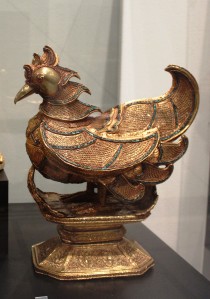
Speaking of how different people and cultures see themselves in relation to others, I’ll never forget the first time I (kind of accidentally) ended up in Malaysia (long story). I figured since I’m there anyway, it makes sense to make the best out of it, and I asked the people what I should see. The answer was always the same: “You should absolutely see Malacca! It is the best, most interesting, cultural and historic place in all of Malaysia!” Okay, fine. I went to Malacca… and I liked it the least of everything else I saw in the country. It is indeed a historic place, with many remnants of all the colonists who came one after the other – the Portuguese, the Dutch, and, finally, the British. Interesting enough, but nothing exceptional. “What’s so special about it?” I asked. “It’s so historical!” was the answer I got. “It’s got all this Portuguese stuff! And all this Dutch stuff! And all this British stuff!” Come on, people. I am from Europe. I’ve been to Portugal, the Netherlands and the UK, and I’ve seen all of that and much more. I wanted to see something different, and was much more interested in visiting some of the remote villages where people’s lives were less influenced by the colonists. However, for my friends there, all this was mundane, while everything European was “exotic”.
If you are an author writing about a culture which is not your own, it makes sense to learn as much as you can, by seeing, feeling, tasting, experiencing the other place. However, this gets more complicated if you are writing about the past, but in this case a trip to the nearest museum can be more helpful than a book. It will not only help with your research, but will also give you ideas and inspiration.
Fantasy as a genre lets us imagine and create worlds of any kind, and yet a single author’s imagination will always be limited. Why not take the collective imagination of all humans that came before us and use it as inspiration? Why not base your world on existing objects of art and beauty, so that you can built upon what is already there and create something rich and unique? After all, as Sir Isaac Newton wrote in one of his letters, If I have seen further, it is by standing on the shoulders of giants.
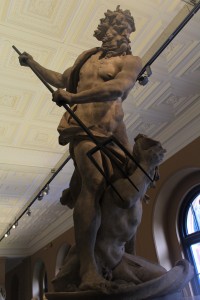
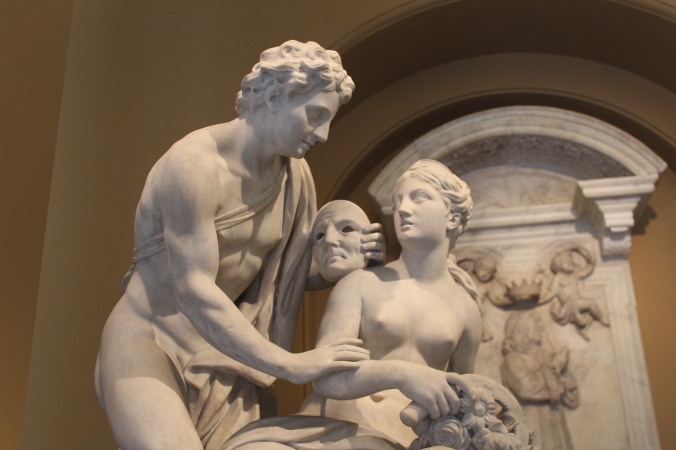
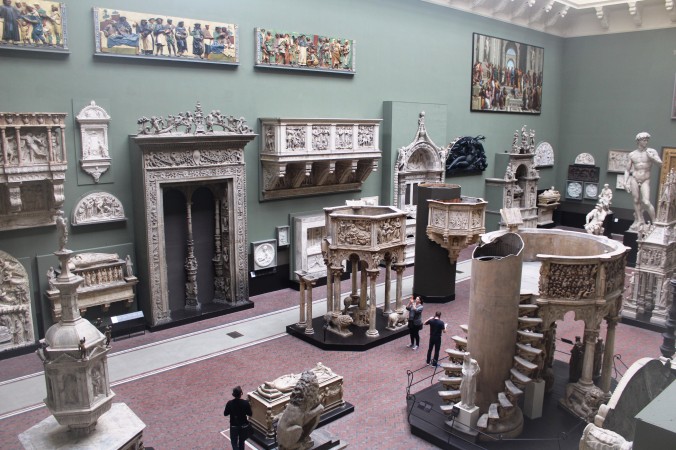
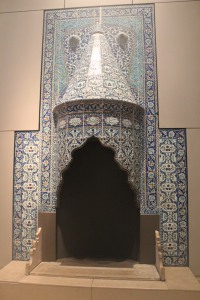
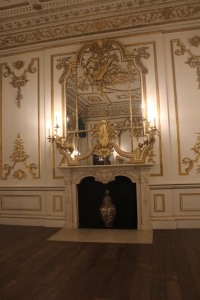
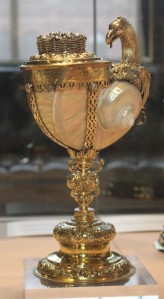
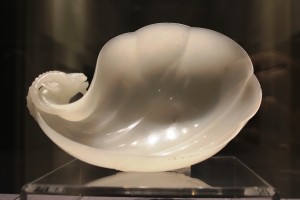
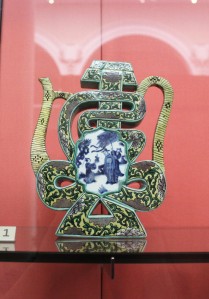
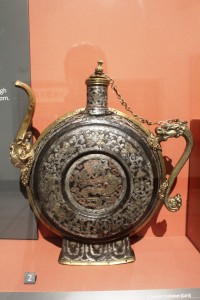
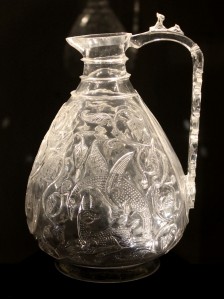
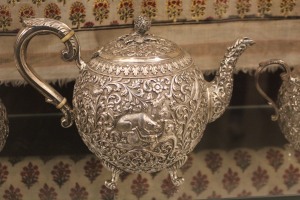
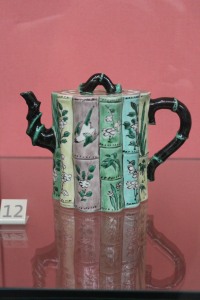
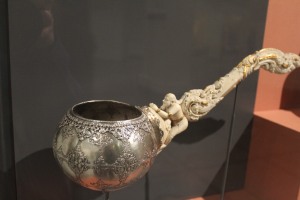
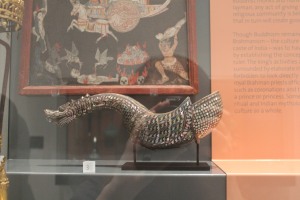
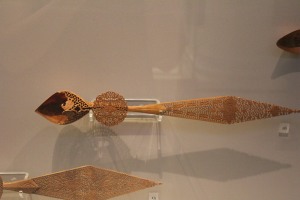
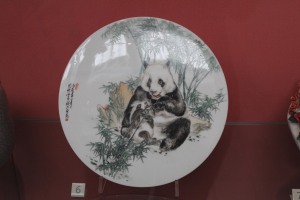
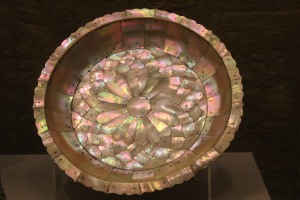
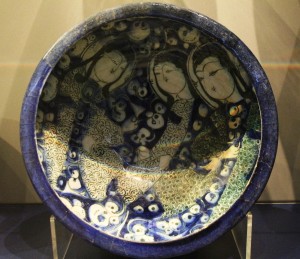
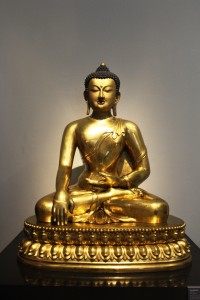
The Question?
Me:
Radio 4
After copious amounts of coffee
From a well-used C***a travel mug
(Refillable, reusable, invaluable)
Where my mind is primed to be a creative sponge
And input = output
And output = weird ideas
Of a lateral nature
Add collateral
And more
And some (and sum)
The idea floodgates
Open wide and recording of said ideas takes place.
You see a lot of the results
Upon my WordPress blog.
The question: What inspires you?
I have other sources of inspiration – and they are wide and varied – but, my caffeine-induced ‘splurge of stuff’ is a hectic roller-coaster of a ride. It creates things that would never be otherwise.
G:)
LikeLiked by 1 person
Caffeine is always a great catalyst for absorbing ideas… and outputting them as something entirely different and delightfully weird.
LikeLiked by 1 person
Just one way. Being with other creative types is also a favourite. Being inspired by life (which includes quiet a lot of things)
PS I can’t draw
Apart from ‘on experience’
G:)
LikeLiked by 1 person
Being with other creative individual helps though the individuals don’t need to be creative to inspire you. Anyone can provide inspiration. Funny people. Dull people. Strange people. Ordinary people. People with stories to tell. People with untold stories. Life. Tea. Music.
LikeLike
‘Quite a lot’ was my intention. All are grist to the creative mill. Thank you for your post. G:)
LikeLiked by 1 person
Pingback: The Question? | Graeme Sandford
Everyone and every place has a story if we just look for it. Our open minds create an important piece in the inspiration puzzle.Glad we are connected as writing is a passion of mine.
LikeLiked by 1 person
Exactly! Everything around us has so many stories to tell. Say, for example, you buy something from a second-hand store. Who was the previous owner? What happened to them? What are they doing right now? Or you go to the park – who else came here the day before? Where did they come from and where are they going? What are their lives like? And who else came here 10 years ago? Twenty years ago? This is especially true for things and places old enough to have witnessed many generations.
Keep on writing!
LikeLike
Such an inspiring and interesting post. Thank you 🙂
LikeLiked by 1 person
Thank you so much! I’m glad you enjoyed it!
LikeLiked by 1 person